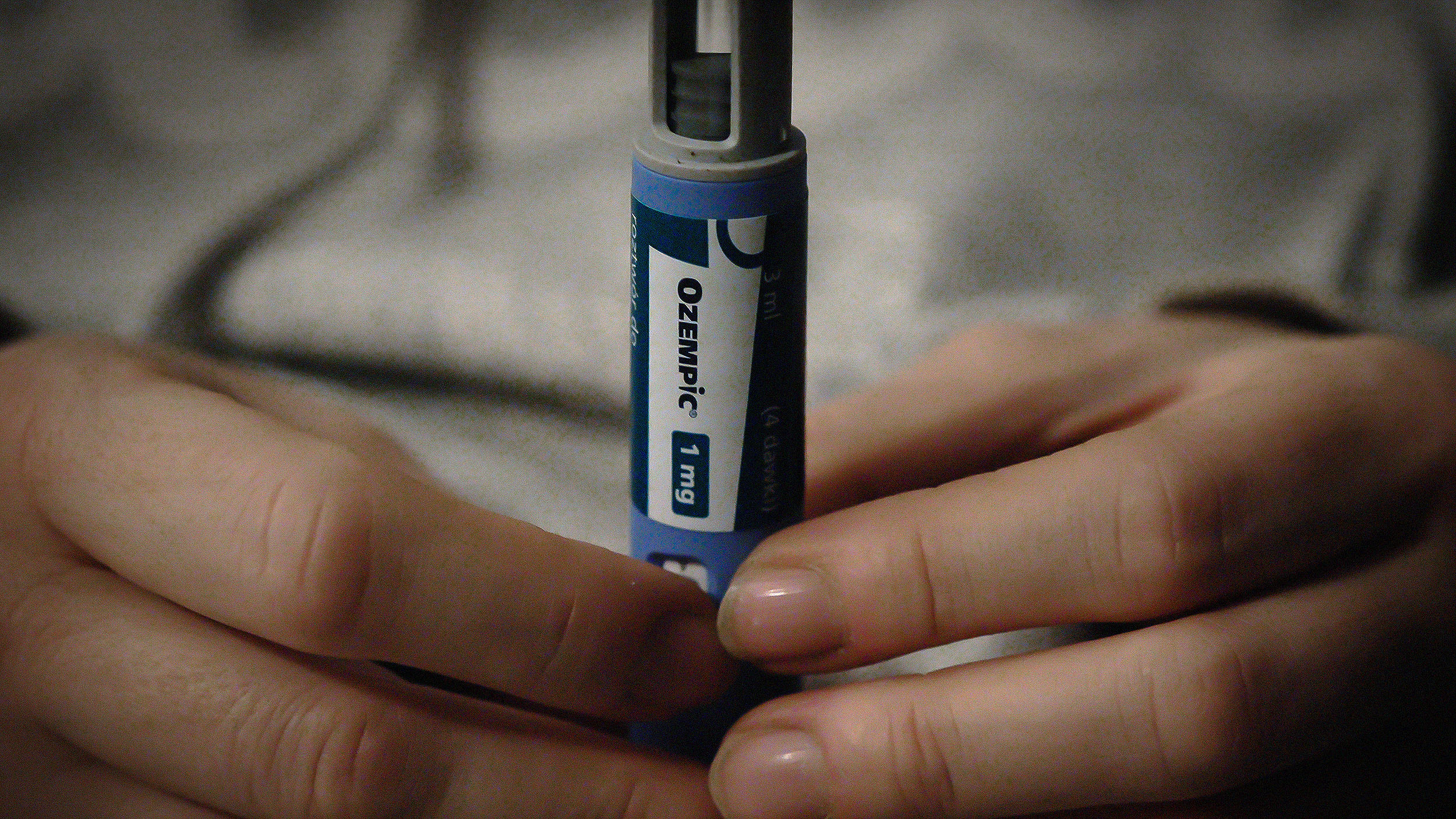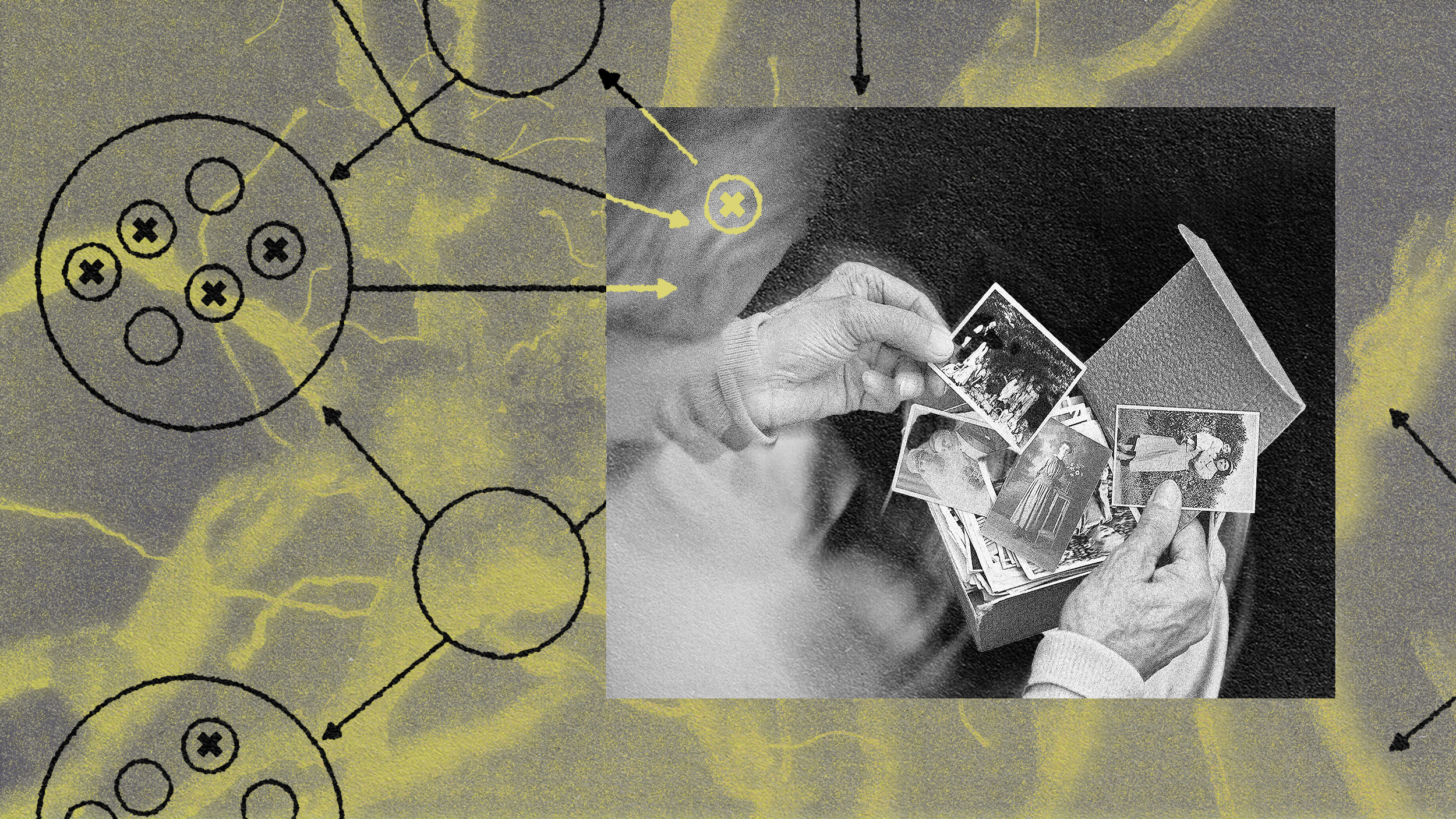By 2050, the U.S. Alzheimer’s population will double. We’re not prepared.

Pixabay
- By 2050, the number of Americans over age 65 with Alzheimer’s is expected to rise from 5.8 to 13.8 million.
- A new report from the Alzheimer’s Association highlights how the already-stressed U.S. healthcare system is not prepared to meet this surge.
- There’s currently no cure for Alzheimer’s, which is a degenerative and potentially deadly form of dementia.
A new report from the Alzheimer’s Association forecasts a looming health-care problem: The number of Americans with Alzheimer’s disease is expected to double by 2050, and unless things change, there will be a severe shortage of health-care professionals able to care for these dementia patients.
There are two key factors driving the problem: an aging U.S. population and a lack of health-care professionals trained to care for Alzheimer’s patients. There are currently about 5.8 million Americans ages 65 and older living with Alzheimer’s disease, which is about 10 percent of that age cohort. By 2050, that number is expected to hit 13.8 million. This surge poses a problem, given that the U.S. health-care system already struggles to treat people with Alzheimer’s and other forms of dementia.
“According to the National Center for Health Workforce Analysis, there was already a shortage of geriatricians in 2013, and although a modest increase in supply was projected by 2025, it was not expected to meet demand,” the report states. “As a nation, we need to triple the number of geriatricians who were practicing in 2019 to have enough geriatricians to care for those 65 and older who are projected to have Alzheimer’s dementia in 2050.”
The front lines of diagnosing & treating Alzheimer’s
A broad array of practitioners help to treat Alzheimer’s, including physicians, nurses, neuropsychologists, and allied health care professionals such as occupational and physical therapists and home health aides, the report notes. Primary care physicians are generally considered to be on the “front lines” of treating and diagnosing the disease. But over-relying on primary care physicians comes with costs.
The report notes:
- The vast majority of older Americans diagnosed with dementia never see a dementia care specialist and are overwhelmingly diagnosed and cared for by non-specialists.
- 85% of people first diagnosed with dementia were diagnosed by a non-dementia specialist physician, usually a primary care physician.
- More than half of PCPs say there are not enough specialists to receive patient referrals.

The Alzheimer’s Association
What’s especially alarming is that some primary care physicians aren’t comfortable being on the front lines. The survey found that 39 percent of PCPs reported “never or only sometimes being comfortable personally making a diagnosis of Alzheimer’s or other dementias.” That’s a problem, considering Alzheimer’s treatments are more beneficial if the disease is diagnosed early.

The Alzheimer’s Association
The Alzheimer’s Association notes that an early diagnosis allows patients the option to start taking medication for symptoms, make lifestyle changes, and participate in clinical trials. What’s more, diagnosing Alzheimer’s as early as possible would likely save the U.S. trillions in medical and long-term care costs for the degenerative disease, which can cause memory loss, cognitive impairment, hallucinations, and eventually death.
So, how can the U.S. prepare for the influx of Alzheimer’s patients, besides continuing to search for a cure? The Alzheimer’s Association report recommended several policy strategies that could help meet future demand:
- Offer scholarship and loan forgiveness programs, which incentivize people to attend medical and nursing schools, and to practice in rural areas.
- Boost educational funding: “For example, federal funding of departments of family medicine at U.S. medical schools is associated with an expansion of the primary care workforce.”
- Support programs that build capacity in primary care: “One example is Project ECHO® (Extension for Community Healthcare Outcomes), a highly successful tele-mentoring program for health care providers developed by the University of New Mexico. Project ECHO has been shown to improve primary care for multiple diseases, including hepatitis C606 and complex diabetes.”





